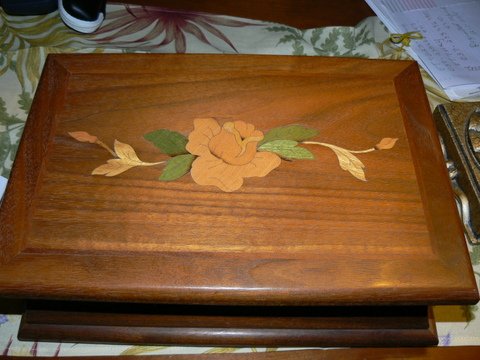- Joined
- Jun 25, 2008
- Messages
- 10,104
- Location
- Australia
- Vessel Name
- Now boatless - sold 6/2018
- Vessel Make
- Had a Clipper (CHB) 34
Well guys I decided to go with polyurethane.
I also decided to go with plain old spray on gloss minwax polyurethane. There might be a better "marine" product and I'm sure there is, but I've used this stuff before and it works really well.
All of the maple trim in my house, and all of the maple faced doors are finished with it, and, well they've held up pretty darn well.
That and it was something I could go to Home Depot and actually buy, vs taking a day to drive to Anchorage.
So, I sprayed four light coats so far, leaving about an hour in between coats. I'll spray a couple more tonight and let it set for a few days and see what I want to do next.
I'm thinking after that it'll be a light sanding with say 600 grit, or with a scotch bright pad then I'll put another one or two finish coats on.
Here's what it looks like thus far. Rememvber this was one solid board on Saturday morning

Works for me...

